Can you assemble a complex piece of furniture with no instructions? Most of us cannot. This highlights the crucial role of user guides in today’s product landscape.
A well-crafted user guide acts as a roadmap, guiding users through specific tasks and functionalities, helping them achieve their goals with your product or service.
In this guide, we’ll explore user guides’ purpose, benefits, and essential elements. We’ll also share real-world examples to inspire you and discuss how to create a user guide that empowers your audience.
What Is a User Guide?
A user guide, an essential form of technical documentation, is like a roadmap for customers and end-users. It offers clear, step-by-step instructions for carrying out a task or process. You’ll get a user guide when you purchase a new physical product (like a piece of furniture), digital product, or software.
User guides come in various easy-to-understand formats, from PDFs and video tutorials to help guides and interactive in-app guidance. These guides serve as your tech assistant, helping you smoothly integrate technology systems into your daily routines.
For example, a user guide for setting up a new email account would include step-by-step instructions on how to access the email provider’s website, create an account, configure email settings on a smartphone, and personalize the inbox with themes and preferences. It might also include troubleshooting tips for common issues like forgotten passwords or email syncing problems.
What Information Do User Guides Have? Essential Elements of User Guides
User guides typically contain a wide range of information to assist users in understanding and utilizing a product effectively.
The information included may vary depending on the nature of the product or software, but here are some common elements in user guides:
- Introduction: An overview of the product, its purpose, and its intended audience.
- Installation & Setup: Step-by-step instructions on how to install and set up the product.
- Getting Started: Basic instructions on using the product, such as navigating the user interface, accessing features, and performing essential tasks.
- Features & Functionality: Detailed explanations of all the product’s features and how to use them. This section could include examples, screenshots, or diagrams to illustrate concepts.
- Troubleshooting & FAQs: Common issues users may encounter and troubleshooting steps to resolve them. Frequently asked questions and solutions are often included as well.
- Tips & Best Practices: Additional recommendations on optimizing the user experience, increasing productivity, or achieving specific goals using the product.
- Technical Specifications: Detailed information about the product’s technical requirements, compatibility with other systems, and any limitations or known issues.
- Glossary: Definitions of key terms and acronyms used throughout the user guide to aid understanding.
- Index or Table of Contents: A navigational aid to help users quickly find specific topics or sections within the user guide.
What Are the Major Benefits of a User Guide?
By investing in robust user guide software, businesses can provide valuable resources that help users get the most out of their products. Some of the most significant business benefits are:
Enhanced User Experience
User guides improve the user experience by providing clear and concise instructions. Users who can easily understand and navigate a device or software product are more likely to have a positive experience.
For example, a user guide for a mobile banking app can provide instructions on how to set up an account, transfer funds, and access various features, making it easier for users to manage their finances.
Reduced Support Costs
User guides significantly reduce the need for customer support by providing self-help resources. When users can easily find answers to their questions or troubleshoot issues independently, this reduces the burden on customer support teams.
For example, an online knowledge base for a software product could include comprehensive articles and FAQs addressing common user queries, reducing the number of support tickets and inquiries.
Increased Efficiency
User guides help users learn how to use a product efficiently and effectively. By providing targeted and detailed guidance, they can quickly learn to navigate and utilize the product’s features.
For example, a training manual for an email marketing platform provides step-by-step instructions on creating and sending an email campaign, helping users complete the task efficiently and achieve their marketing goals.
Improved Customer Satisfaction
Accurate, helpful, and easy-to-understand user guides improve customer satisfaction. Users appreciate having access to resources that address their needs and provide solutions.
For example, an extensive instruction manual for a digital camera can help users understand the different functions and settings, leading to better-quality photos and a more satisfactory user experience.
Competitive Advantage
User guides give a competitive advantage by showcasing a business’s commitment to customer support and satisfaction. Companies that offer high-quality user guides can differentiate themselves from competitors and attract more customers.
For example, a company that manufactures smart home devices may provide detailed installation guides and video tutorials, demonstrating their commitment to customer success and giving them an edge over competitors with limited documentation.
What Are the Different Types of User Guides?
User guides come in different types to cater to various needs and preferences. They provide users with valuable information to maximize their understanding and utilization of a product.
Instruction Manuals
Instruction manuals provide detailed step-by-step guidance on how to set up, operate, and troubleshoot a product or service. They are comprehensive and cover various topics to ensure users can effectively use the product.
For example, a digital camera user guide would provide step-by-step instructions on setting up, operating, and troubleshooting the camera.
Quick Start Guides
Quick start guides are brief documents that help users quickly get started with a product or service. They focus on essential steps and key features, allowing users to begin using the product without delving into extensive details.
For example, a quick start guide for a software application would offer concise and straightforward instructions for users to get started swiftly.
Troubleshooting Guides
Troubleshooting guides are created to assist users in identifying and resolving product issues. They usually list common problems and provide step-by-step solutions or workarounds to address them.
For example, a home appliance troubleshooting guide would outline common issues and provide solutions to help users address problems independently.
Installation Guides
Installation guides provide detailed instructions on correctly installing and configuring a product, software, hardware, or another component type. They ensure that users set up the product correctly for optimal performance.
For example, an installation guide for a computer hardware component would offer detailed instructions on correctly installing and configuring the device.
Reference Manuals
Reference manuals give extensive information about a product’s features, functions, and technical specifications. They serve as a detailed resource for users who need in-depth information, often used by developers or advanced users.
For example, a programming language reference manual would provide in-depth information about syntax, functions, and usage for developers.
Policy & Procedure Manuals
Policy and procedure manuals outline a company’s rules, guidelines, and protocols. They provide employees with information on company policies, expectations, and procedures they must follow.
For example, an employee handbook would be a policy and procedure manual outlining company policies, guidelines, and codes of conduct.
Training Manuals
Training manuals are crafted to support the training process for new employees or users. They cover onboarding procedures, job responsibilities, and other information essential for effective training.
For example, a training manual for new employees would cover onboarding processes, job responsibilities, and company culture.
FAQ Guides
FAQ guides detail frequently asked questions along with their answers. They serve as a quick reference for users seeking solutions to common queries, reducing the need for extensive customer support.
For example, an FAQ guide for a software application would address frequently asked questions and provide solutions to common user queries.
Safety Manuals
Safety manuals give information on safety protocols, emergency procedures, and guidelines for ensuring a secure environment. They are crucial in industries where safety is a top priority.
For example, a manufacturing plant safety manual would outline safety protocols, emergency procedures, and hazard prevention measures.
Software User Guides
Software user guides provide comprehensive information about using a software application. They cover features, functionalities, settings, and customization options, helping users navigate and make the most of the software.
For example, a comprehensive user guide for graphic design software would cover all features, tools, and functionalities to help users maximize the use of their applications.
What Are the Challenges of Creating & Sharing User Guides?
Creating and sharing user guides comes with its own set of challenges. Let’s discuss some of these challenges:
Understanding Your Audience
One of the biggest challenges is understanding your target audience and their specific needs. Users may have varying levels of technical expertise, different learning styles, and diverse goals.
Creating user guides that cater to this diverse audience requires careful consideration and user research.
Keeping Content Concise & Focused
User guides should be concise and focused on specific tasks or goals. Striking the right balance between providing enough information to be helpful and overwhelming the user with unnecessary details can be challenging.
Using Clear & Simple Language
Using clear and simple language that avoids jargon and technical terms is crucial for user comprehension. However, this can be challenging, especially when explaining complex technical concepts or procedures.
Incorporating Visuals Effectively
Visuals, such as images, screenshots, and diagrams, can significantly enhance user understanding. However, choosing the right visuals and incorporating them effectively can be a challenge.
Ensuring Accuracy & Consistency
Maintaining accuracy and consistency across your user guides is crucial, especially if multiple authors are involved in the creation process. This requires a systematic approach to content creation, review, and updates.
Keeping Content Up-to-Date
Products and services evolve, and your user guides must keep pace with these changes. Regularly updating your documentation to reflect new features, functionalities, and bug fixes can be challenging, especially for complex products with frequent updates.
Promoting & Sharing Your Guides
Creating great user guides is only half the battle. Ensuring that users can easily find and access them is equally important.
Promoting your guides through various channels, such as your website, social media, and email newsletters, is crucial for maximizing their reach and impact.
Measuring Effectiveness
Measuring the effectiveness of your user guides can be challenging. You must track key metrics, such as user engagement, search queries, and feedback, to understand how users interact with your documentation and identify areas for improvement.
What Are the Steps to Create a User Guide?
Creating a user guide involves transforming complex information into clear, concise, accessible instructions. Here’s a step-by-step approach on how to make a user guide:
1. Choose a User-Friendly Documentation Tool
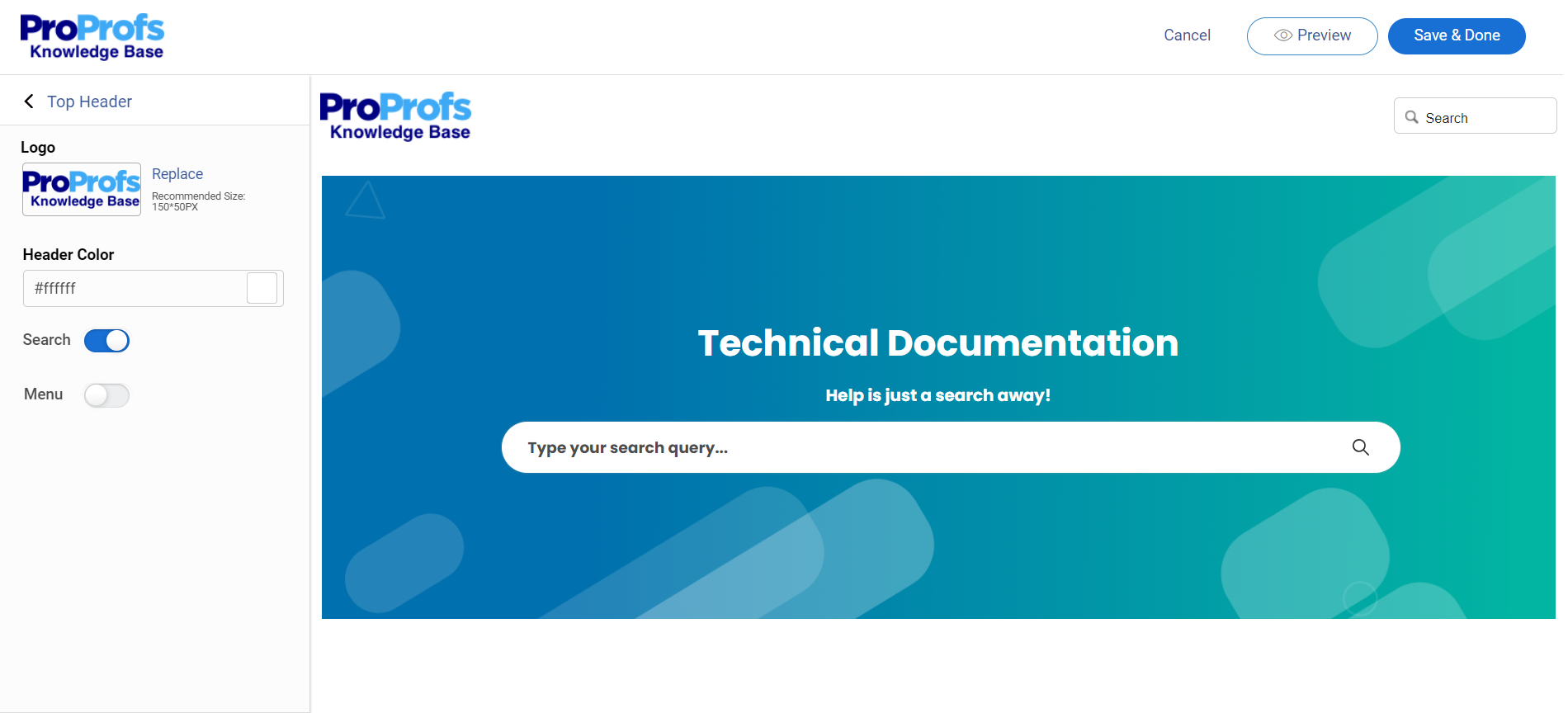
Start by choosing a documentation tool or platform with the features and functionalities you need to create a professional and effective user guide.
Look for tools that offer a user-friendly interface, various templates, rich text editing capabilities, multimedia support, and customization options. Consider factors like ease of use, whether the tool supports real-time collaboration, and if it integrates with other tools your team uses.
2. Select a Template or Start from Scratch
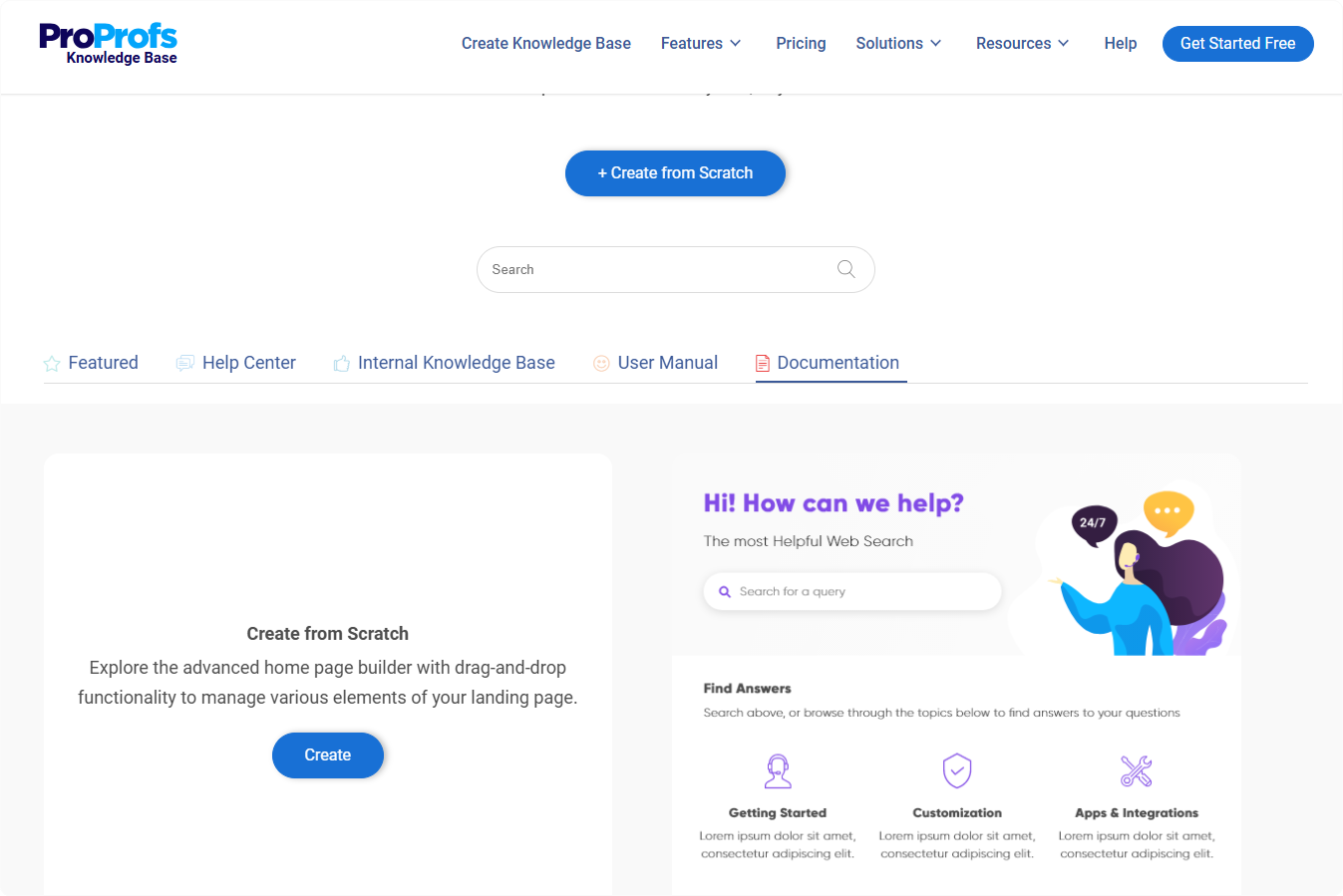
Many documentation tools offer pre-designed templates for user guides. These templates provide a basic structure and framework, saving time and effort. Choose a template that aligns with your specific task or goal.
For example, if you’re creating a guide for troubleshooting a specific issue, look for a template with sections for problem identification, troubleshooting steps, and solutions. If you prefer a fully customized approach, you can start with a blank document.
3. Structure Your Content
Organize your guide into logical sections using headings and subheadings. Start with an introduction clearly stating the guide’s purpose and target audience.
Then, use clear and concise language to break down the task or process into a series of steps. Use numbered lists, bullet points, and visuals to enhance readability and comprehension.
4. Populate with Content
Begin filling in the sections with your instructions and explanations. Use the editor to write clear and concise content, avoiding jargon and technical terms that might confuse users.
Write in an active voice and focus on providing actionable guidance. Incorporate real-life examples and scenarios to illustrate the steps involved.
5. Add Visuals

Enhance your user guide with visuals such as screenshots, diagrams, and videos to illustrate complex steps and improve understanding.
Visual aids can make the information more engaging and easier to understand, especially for visual learners. Ensure your visuals are high-quality, relevant, and appropriately sized.
6. Customize the Design
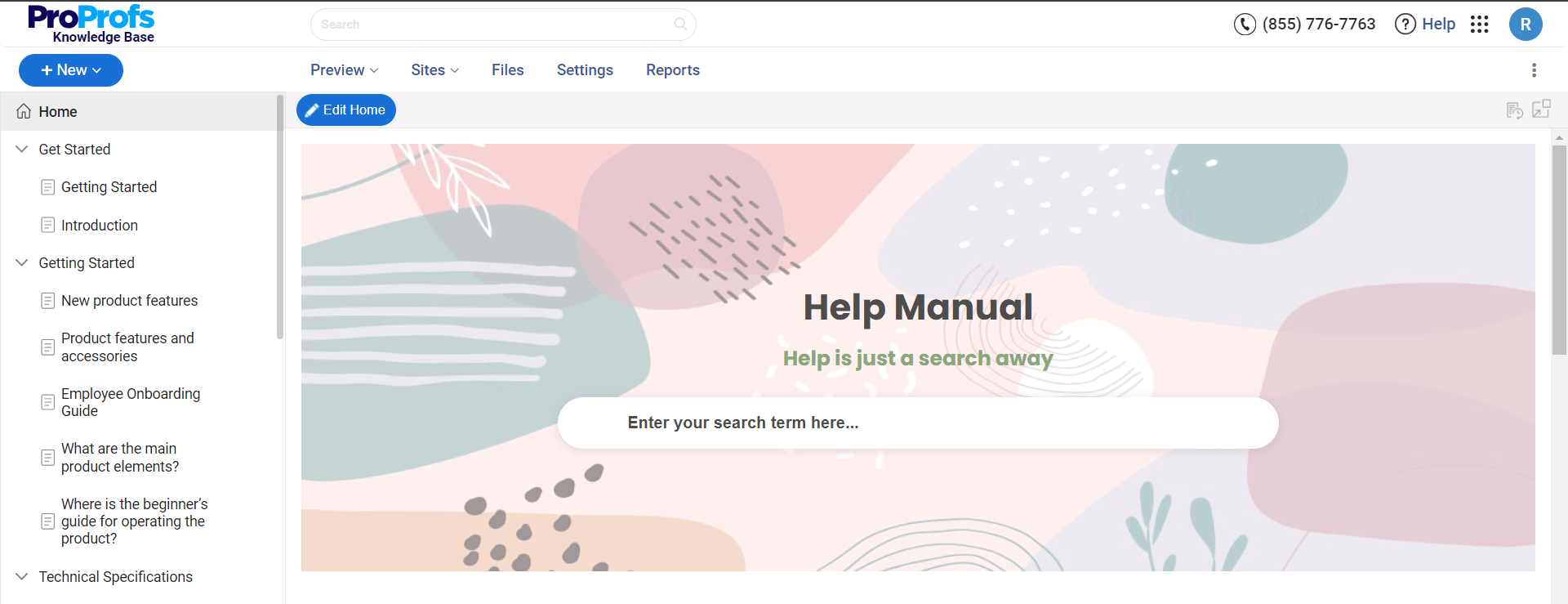
Apply your branding elements, such as your logo, colors, and fonts, to create a consistent and professional look and feel.
Many documentation tools offer customizable themes and CSS options to tailor the design to your preferences. Ensure the design is visually appealing, easy to read, and consistent with your brand guidelines.
7. Collaborate & Review
If multiple individuals are involved in creating the guide, utilize collaboration features within your documentation tool. These might include simultaneous editing, where multiple users can work on the same document at the same time, and commenting features, which allow for real-time feedback and suggestions.
Ensure subject matter experts and editors thoroughly review the guide to ensure accuracy, completeness, and clarity.
8. Publish & Distribute
Once your user guide is finalized, publish it in a format that is easily accessible to your target audience. This might involve creating a PDF version for offline access, hosting it on your website or within your application, or using a knowledge base platform to make it searchable and interactive.
Consider your users’ needs and choose the format best suits their access preferences and usage context.
What Are Some Examples of User Guides in Action?
Let’s explore some examples of user guides from diverse industries that showcase best practices in design, content, and user experience.
1. CDS Convert
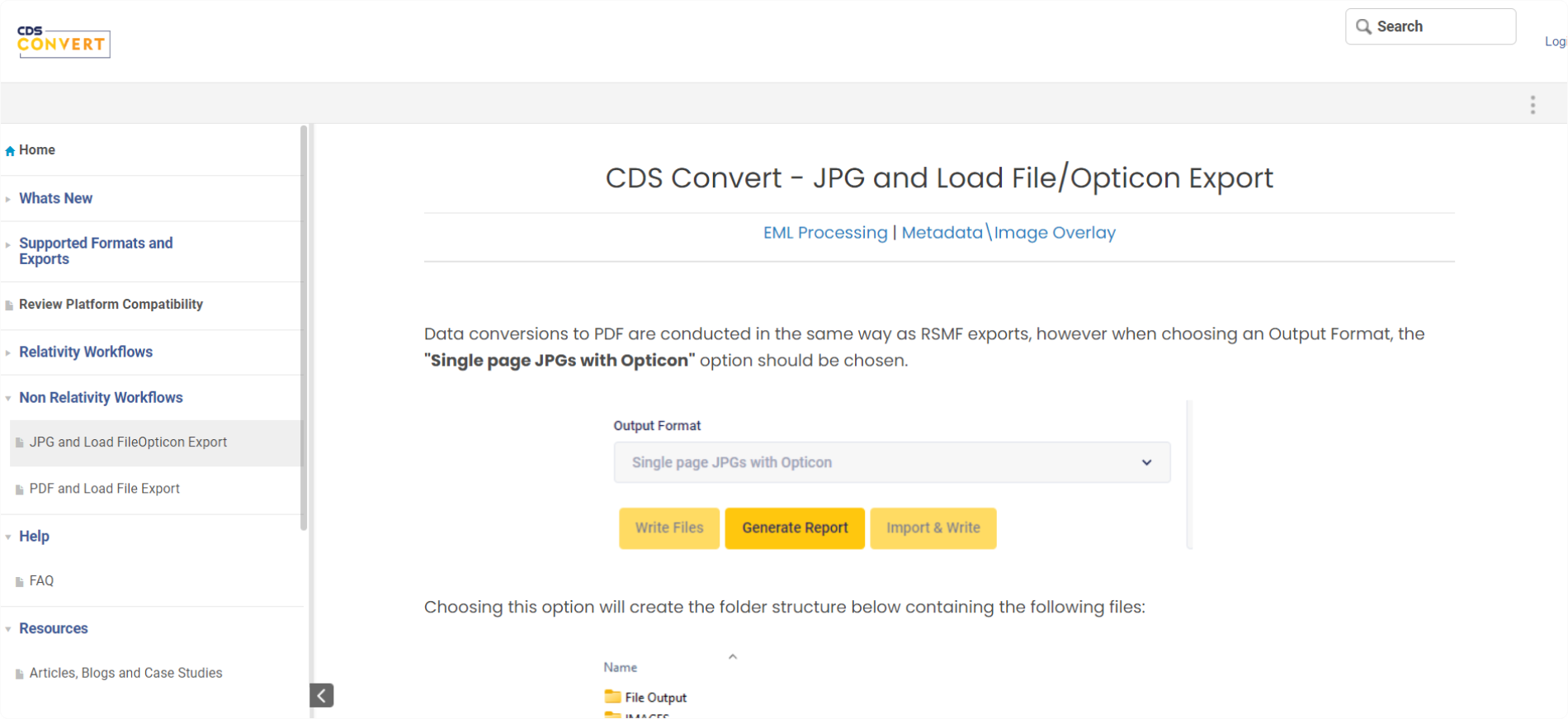
The help page for Convert’s PDF export feature adopts a concise and action-oriented writing approach. It provides clear, step-by-step instructions with minimal jargon, ensuring ease of understanding for all users.
The content is structured with headings and bullets for quick navigation. It emphasizes practical guidance to help users perform the export process effectively. Additional visual aids or examples enhance clarity and usability.
2. Ahrefs
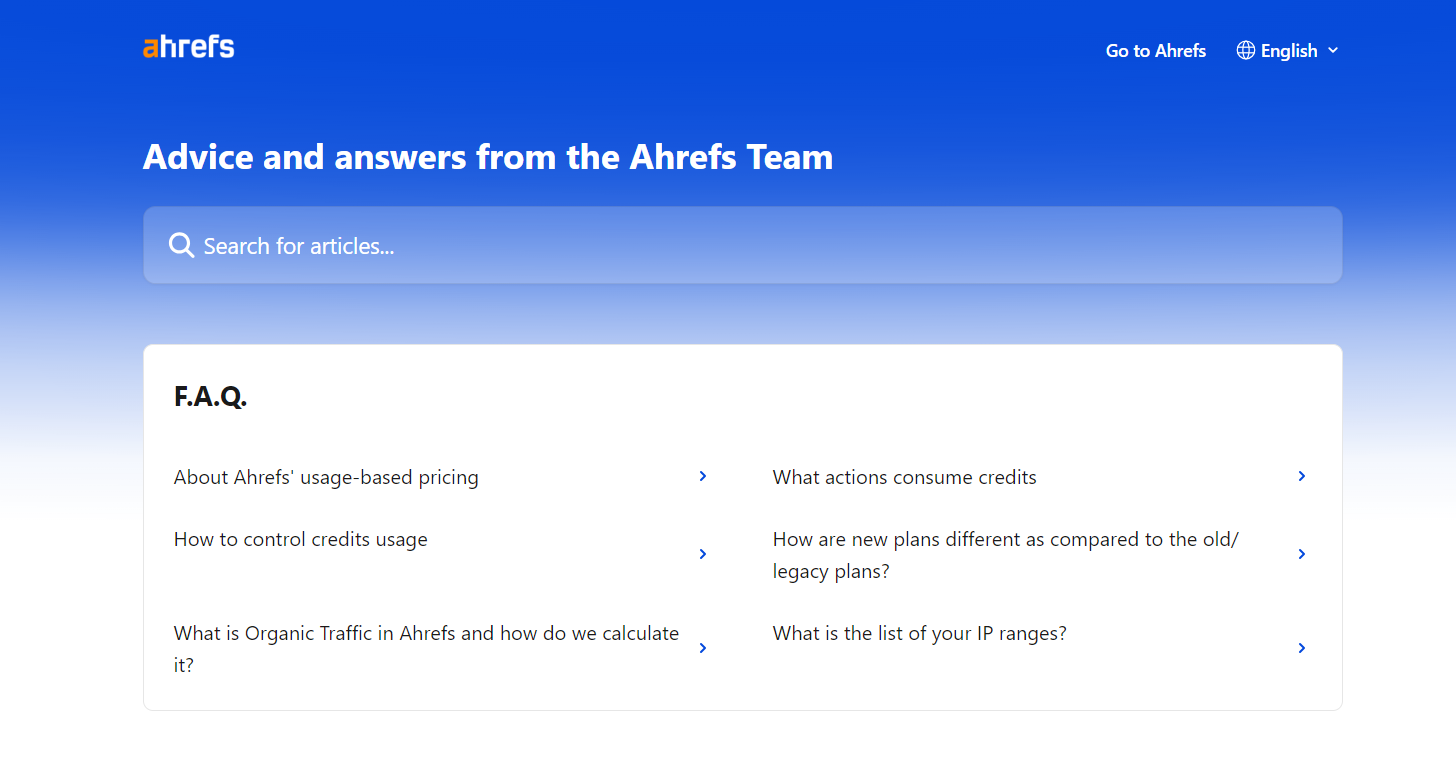
Ahrefs’ user documentation is designed to make it easy to understand their software, which can be complex. The Ahrefs Help Center answers customers’ queries directly and treats their documentation like a blog page with detailed articles explaining the product’s unique features.
3. KnowAll

KnowAll helps users find helpful answers and guides for essential questions. The search results are displayed in real-time as part of the search form, so users can quickly find help pages related to their search keywords without clicking multiple times.
Improve Customer Satisfaction & User Experience with Detailed User Guides
User guide manuals simplify how users interact with products and services. It provides essential instructions, troubleshooting tips, and detailed information, empowering users to maximize their experience while minimizing confusion.
It’s not Rocket Science to create a step-by-step guide. By following the outlined steps and overcoming common challenges, you can build guides that are both user-friendly and impactful. Prioritizing clarity, structure, and accessibility ensures your guide serves its purpose effectively.
ProProfs Knowledge Base simplifies the process of creating user guides with features like customizable templates, real-time collaboration, and integration with other tools. Its intuitive platform enables teams to design comprehensive, visually appealing guides that cater to user needs, ensuring a seamless knowledge-sharing experience.
FREE. All Features. FOREVER!
Try our Forever FREE account with all premium features!







